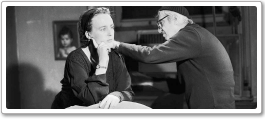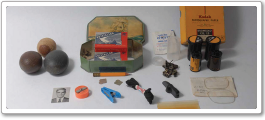Introduction:
Portrait photography first became popular in the 1890s, but it was largely static and lacked creativity. It wasn’t until the late 1920s and early 1930s that portraiture became a real art form. In Egypt, this transformation was largely due to the influx of foreign photographers, namely the Armenians who were driven out of their homeland by the Turks during the 1915–1917 genocide.
One such photographer, whose family survived the genocide, was Levon Alexander Boyadjian. Levon, who later adopted the name Van Leo, was born in the town of Ceyhan near Adana, southern Turkey in 1921. His family survived the genocide because Levon’s father worked for the Berlin Baghdad Railway, a German company. Since the Ottomans were allied with the Germans in the Great War, the Turkish authorities spared the company’s Armenian employees from persecution and brutal deportation.
Nevertheless, Levon left Turkey in 1924 with his parents, brother, and sister to settle in Egypt. It was while growing up in cosmopolitan Cairo that Van Leo’s artistic abilities began to flourish. Captivated early on by the glamour photographs of Hollywood stars, he forged his way in this art form becoming the unrivaled master of portraiture, building a clientele which would become the who’s who of Egypt.

Van Leo mastering light and shadows. Phot. AUC Collection
The following exhibition contains rare images from the collections of Barry Iverson, Josef Polleross, Patrick Godeau, Norbert Schiller and the American University in Cairo. Polleross and Iverson contributed photo essays, and Iverson wrote the accompanying text. Zina Hemady edited the texts and adapted them for this exhibition.





